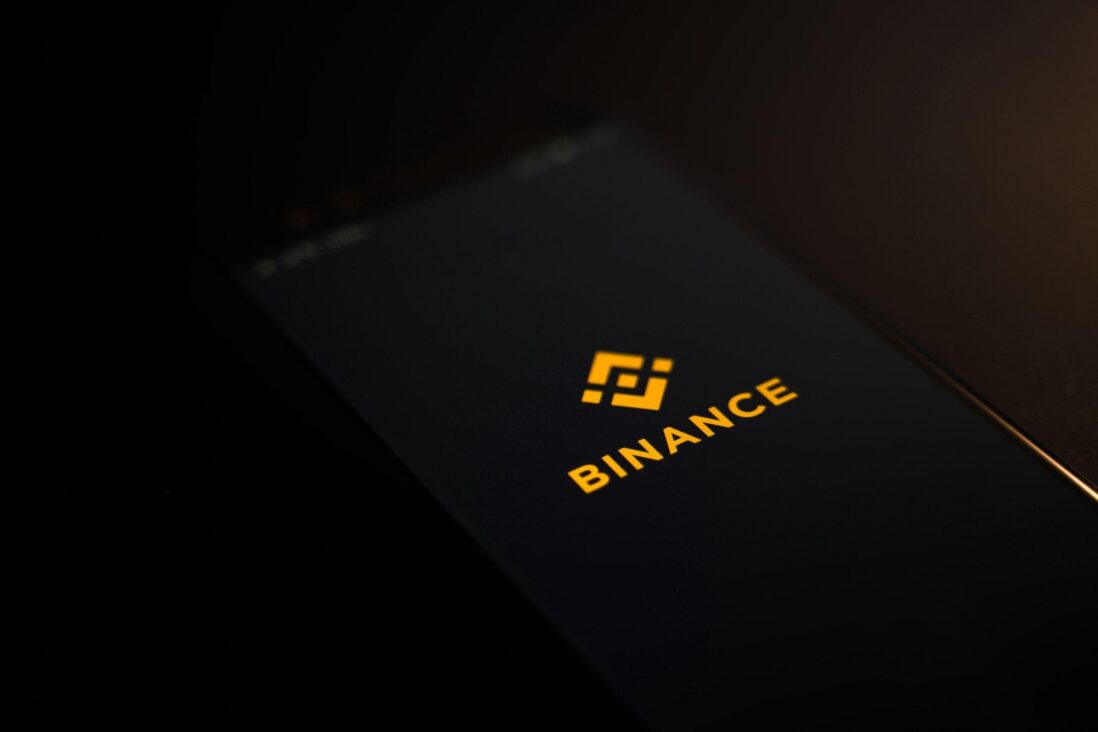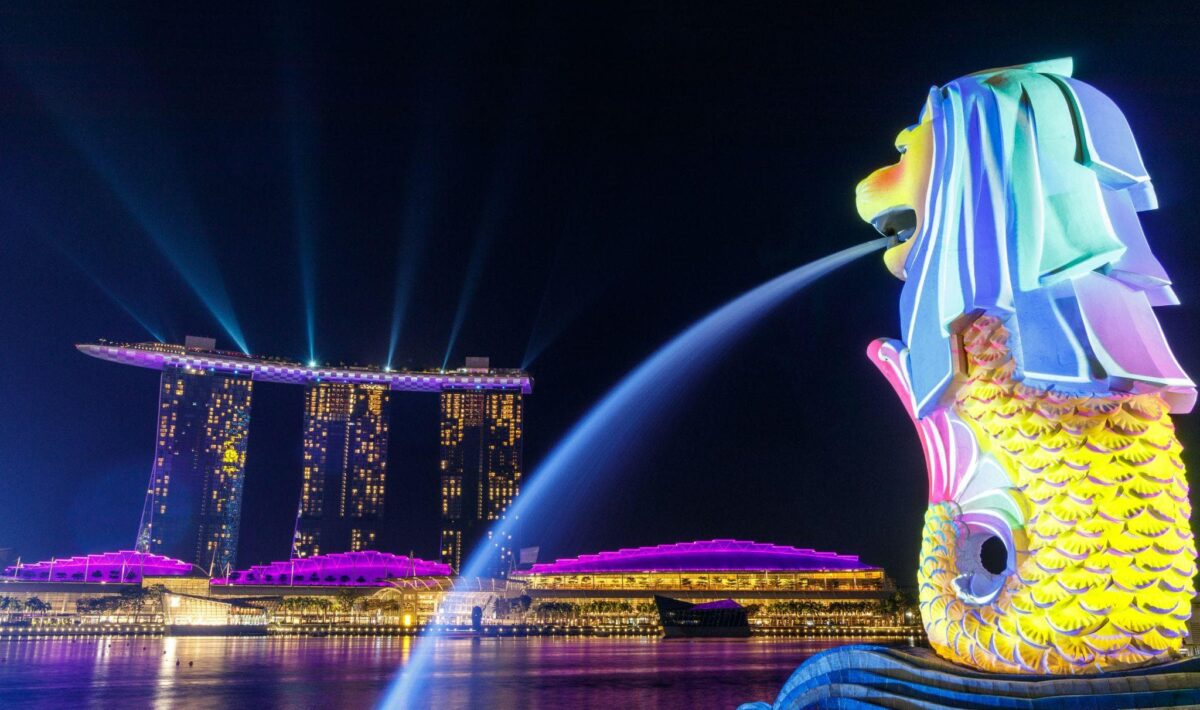Singapore, often dubbed the “Lion City,” is renowned for its striking skyline and economic dynamism. Yet, beneath this modern exterior lies an equally vibrant and ever-evolving contemporary art scene. From dazzling gallery shows and thought-provoking public installations to cutting-edge digital creations, Singapore’s art world is flourishing like never before. This article will guide you through the leading artists shaping the city-state’s creative identity, trending styles, major festivals, and the expanding impact of technology and NFTs, including how even crypto casinos are blurring the boundaries between art and play.
Defining the Contemporary Art Landscape in Singapore
Contemporary art in Singapore is marked by bold experimentation and a willingness to challenge the status quo. As a global city where East meets West, Singaporean artists draw on a melting pot of cultural influences, social issues, and personal narratives. The result? A creative energy that is distinctly Singaporean, yet globally resonant.
The government’s investment in the arts through initiatives like the National Arts Council and support for major institutions such as the National Gallery Singapore has laid the foundation for a thriving ecosystem. Local galleries, artist-run spaces, and even public spaces have become fertile ground for innovation and cross-cultural dialogue.
Table: Notable Singaporean Artists at a Glance
| Artist | Style/Medium | Signature Works | Notable Exhibitions |
| Dawn Ng | Installation, Mixed Media | “Everything You Ever Wanted is Right Here” | Singapore Art Museum, Art Basel Hong Kong |
| Heman Chong | Conceptual, Performance | “Calendars 2020-2096” | Venice Biennale, Singapore Biennale |
| Sarah Choo Jing | Photography, Video | “Accelerated Intimacy” | Singapore Art Week, Art Paris |
| Shubigi Rao | Multimedia, Writing | “Pulp: A Short Biography of the Banished Book” | Kochi-Muziris Biennale, National Gallery Singapore |
| Charles Lim Yi Yong | Film, Installation | “SEA STATE” | Venice Biennale, Singapore Biennale |
| Donna Ong | Sculpture, Installation | “The Forest Speaks Back” | National Museum of Singapore, Art Stage |
| Tang Da Wu | Performance, Mixed Media | “Earth Work” | Fukuoka Asian Art Triennale, National Gallery Singapore |
Contemporary Trends: What’s Capturing Singapore’s Artistic Imagination?
Urban Transformation and Social Narratives
One of the most captivating aspects of Singaporean contemporary art is its deep engagement with questions of identity, space, and change. Artists like Charles Lim Yi Yong and Heman Chong dissect the city’s physical and psychological landscapes, exploring how rapid urbanization, government policies, and multiculturalism shape daily life.
Public art installations, such as those at the Esplanade or scattered throughout civic districts, invite residents and visitors alike to reflect on shared history and the city’s aspirations. These projects turn ordinary spaces into immersive storytelling environments.
The Power of Multiculturalism
Singapore’s “rojak” (mixed salad) of cultures finds vivid expression in the art world. Contemporary works often blend Chinese, Malay, Indian, and Western elements, producing hybrid styles and themes. This multicultural edge is especially visible during large-scale exhibitions and community projects, where artists invite audiences to contemplate what it means to be Singaporean in a globalized world.
Digital Art and New Media
Artists are increasingly embracing new technologies to expand the language of art. Digital painting, augmented and virtual reality experiences, and interactive video installations are taking center stage. Young artists, such as Eugene Soh, are pushing boundaries by transforming memes, pop culture, and social commentary into large-scale, immersive digital artworks.
Festivals and Public Platforms
Singapore Art Week: The City’s Artistic Heartbeat
Every January, Singapore Art Week explodes across the island, with more than 130 events featuring local and international artists. From blockbuster exhibitions at National Gallery Singapore to edgy street art tours and experimental pop-ups in old shophouses, this festival is a showcase for the city’s diversity and creative spirit. Talks, workshops, and art walks engage the public and foster deeper connections between artists and audiences.
Singapore Biennale and Beyond
The Singapore Biennale, held biennially, draws global attention. This prestigious event brings together artists from across Southeast Asia and the world, addressing urgent themes such as migration, identity, and technology. It’s not just a platform for new works but also for critical conversations that shape regional art discourse.
Gillman Barracks: The Creative Quarter
A former colonial military camp turned arts cluster, Gillman Barracks houses international galleries and artist-run spaces. Its monthly “Art After Dark” series has become a fixture for art lovers, featuring exhibition openings, performances, and music in a lively festival atmosphere.
The Impact of Digital Technologies: NFTs and the Blockchain Revolution
In recent years, the global explosion of NFTs (Non-Fungible Tokens) has reshaped how artists create, sell, and share their work. Singapore, with its progressive regulatory environment and tech-savvy population, has quickly become a hub for digital art innovation.
Artists like Andre Wee and Clara Peh are minting digital works on blockchain platforms, opening up new revenue streams and reaching collectors worldwide. Major galleries and museums have begun hosting NFT-focused exhibitions, drawing crowds keen to learn about the technology and its implications for art ownership.
NFTs also provide artists with new tools for storytelling. For example, interactive artworks can evolve over time or respond to viewer input, blurring the lines between artist, audience, and technology.
Where Gaming Meets Art: NFTs in Crypto Casinos
The influence of NFTs has extended even further—into the rapidly growing world of online gaming and crypto casinos. Today, these platforms are using blockchain technology to craft gamified art experiences and reward systems.
For instance, the BetFury online Binance coin casino is not just a place to play; it’s a dynamic ecosystem where players can unlock exclusive NFT artworks, trade unique digital collectibles, and participate in special art-themed tournaments. These NFT rewards, often limited-edition or created in partnership with artists, enhance player engagement and create a new intersection between art appreciation and gaming.

The seamless integration of blockchain technology means that users have provable ownership of their NFT collectibles and in-game items, which they can display, trade, or use within the platform. This trend is redefining both the gaming and art industries, enabling a new kind of digital patronage and interactive experience that bridges the gap between entertainment and creative culture.
By participating in such platforms, players are not merely passive consumers; they become stakeholders in a broader creative ecosystem. In fact, some online Binance coin casinos are collaborating directly with digital artists to commission exclusive NFT drops, further fueling the popularity of blockchain art and attracting a global audience of both gamers and collectors. This synergy between iGaming and the art world is still in its early stages, but its potential is enormous, offering innovative ways for artists to monetize their work and for players to engage with contemporary culture.
The Next Generation: Nurturing Artistic Talent
Singapore’s contemporary art scene is sustained by robust educational and community support. Prestigious institutions like LASALLE College of the Arts, Nanyang Academy of Fine Arts (NAFA), and School of the Arts (SOTA) are nurturing the next generation of creative talent. Their graduates are making waves both locally and internationally, often blurring the lines between different disciplines and collaborating across borders.
Moreover, artist collectives such as Vertical Submarine and PHUNK Studio are gaining international recognition for their collaborative works and multidisciplinary approaches. These groups play a vital role in pushing creative boundaries, experimenting with new media, and cultivating a sense of artistic community that keeps Singapore’s art scene vibrant and inclusive.
Art for Everyone: Public Engagement and Accessibility
A unique strength of Singapore’s art scene is its accessibility. Government initiatives such as the Public Art Trust and Arts in Your Neighbourhood have brought art directly to the public, transforming parks, MRT stations, and shopping malls into open galleries. Interactive installations, murals, and pop-up exhibitions invite residents from all walks of life to encounter art in their everyday routines.
Art fairs and festivals also offer hands-on workshops, artist talks, and guided tours, breaking down the barriers between artists and audiences. This focus on inclusivity and engagement has been instrumental in cultivating an informed, appreciative, and increasingly active community of art lovers and collectors.
Looking Ahead: A Bold, Borderless Future
As the city-state continues to invest in creative industries and embrace digital innovation, Singapore’s contemporary art scene is set to become even more influential.
In Singapore, art is not confined to galleries or studios—it is woven into the urban fabric, the digital space, and even the realms of play and finance. The boundary between artist and audience, creator and collector, continues to blur, fostering a uniquely participatory and dynamic art culture.
Whether you are an artist, a collector, a casual enthusiast, or simply a curious visitor, Singapore offers a rich tapestry of experiences that reflect its multicultural heritage, embrace of innovation, and relentless drive for excellence. As we look to the future, one thing is clear: Singapore’s contemporary art scene will remain a beacon of creativity, resilience, and boundless possibility for years to come.

